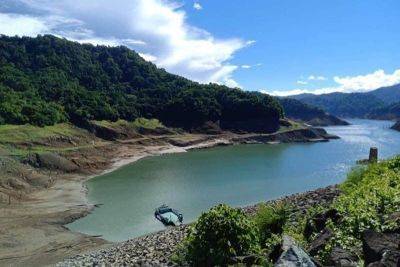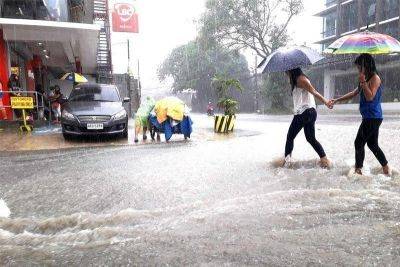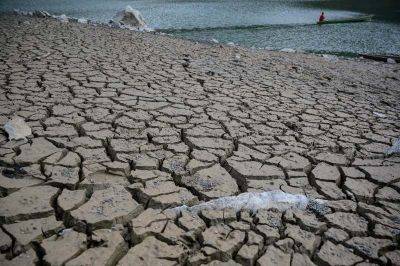El Niño to scorch Metro Manila, North Luzon
MANILA, Philippines — The country is expected to sizzle in the coming weeks with temperatures rising to as high as 40 degrees Celsius in Metro Manila and Northern Luzon due to the impact of the El Niño phenomenon.
This was according to El Niño task force spokesman Joey Villarama, who revealed that high temperatures would prevail despite the northeast monsoon.
“As early as January, we were already experiencing a strong and mature El Niño. There is no quantitative measure of what a strong and mature El Niño is, but let’s say it should be cold now, but it’s already quite warm,” Villarama said.
The Philippine Atmospheric, Geophysical and Astronomical Services Administration (PAGASA) said temperatures could reach up to 36.5 degrees Celsius nationwide and up to 40 degrees Celsius in Metro Manila and Northern Luzon.
He said at least 17 provinces have already been affected by dry conditions due to El Niño, while 10 provinces have dry spells and 14 are experiencing drought.
Villarama reported significant damage to rice and corn crops in Regions 6 (Western Visayas) and 9 (Zamboanga Peninsula), totaling around P151 million.
He also highlighted the Task Force’s focus on monitoring food security, water supply, power supply, health concerns and potential price increases as part of directives from President Marcos.
He said extreme heat could also spawn health concerns, especially waterborne diseases due to inadequate supply of clean water supply.
Villarama emphasized the importance of monitoring vulnerable populations, such as children and senior citizens, for heat-related illnesses like heat stroke and skin problems.
Asked about ongoing relief efforts, Villarama revealed that almost 4,000 affected farmers in Regions 6 and 9 have received assistance.
While he did not give details, Villarama said beneficiaries received “qualitative support” such as heat-tolerant seeds for farmers, social protection for domestic animals and ongoing efforts to repair irrigation canals.
Sought for comment on the distinction between actual temperature and heat index, Villarama clarified that the heat index, which factors in humidity, has not been included in the current temperature assessments.







